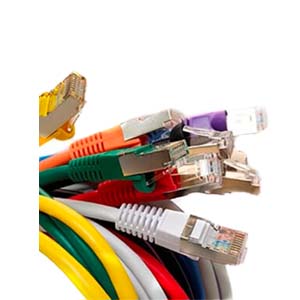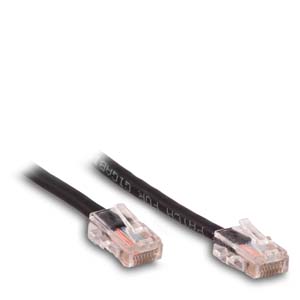Cables Blog
DisplayPort vs. HDMI vs. DMI: Which port do you want on your new computer?
When you purchase your new computer, be sure to choose the right monitor for the job. Display Port 1.2 has been the standard for viewing high resolution content on consumer monitors, and has the ability to handle video resolutions as high as 3,840 x 2,160 at 60fps, and up to 17.28Gbits/sec of bandwidth.
by Vikas Dayal • July 09, 2017
When you purchase your new computer, be sure to choose the right monitor for the job. Display Port 1.2 has been the standard for viewing high resolution content on consumer monitors, and has the ability to handle video resolutions as high as 3,840 x 2,160 at 60fps, and up to 17.28Gbits/sec of bandwidth.
The new Display Port 1.3 and 1.4 versions both carry increased bandwidth capabilities, and resolutions as high as 7,680 x 4,320 (8K). Display Port also tends to be the choice for video editing, and anyone looking for the ability to output to multiple displays by daisy chaining through a splitter or Multi-Stream Transport (MST).
Display Ports also offer screen-refresh rates up to 144hz at 4K, and reduced screen tearing alternatives. When you factor in the higher graphics and the ability to support audio as well, it makes Display Ports a favorite option among those in the gaming community.
But if you intend to connect your computer to your television, then the High Definition Multimedia Interface (HDMI) connection is going to be your best choice, and currently the most popular in the general marketplace since every new television is HDMI capable.
Just be aware that if you have an Ultra HD or 4K television you will have to opt for the HDMI 2 version versus the HDMI 1.4 specification. The HDMI 2 version is capable of handling the 10-bit and 12-bit color sampling associated with the higher image quality of these types of televisions, and can also handle a maximum of 18 Gbps/s in bandwidth. This allows for viewing resolutions as high 60fps at 4K. HDMI 1.4 can only handle up to 8-bit color sampling, and is limited to 24fps at 4k resolution.
Digital Visual Interface (DVI) connections are associated with traditional monitors, and can come in three different varieties. DVI-A is for the analog integrated signal, DVI-D is for a digital integrated for signal, and DVI-I is integrated for both analog and digital signals.
The DVI-D and DVI-I also offer single link and dual link options, with the single link cable being capable of handling up to 3.96 Gbit/s of bandwidth at 1,920 x 1,200 resolution, and the dual link version offering up to 7.92 Gbit/s at 2,560 x 1,600 resolution.
However, the DVI connection is starting to become obsolete since those looking to output ultra high resolutions will more than likely need HDMI or Display Port options to accommodate the resolution and bandwidth needs of the newest video games, cameras, televisions, and video recording devices.
The best way to determine the best port to use for your computer monitor is to decide how you will be using your computer. It is unnecessary to us an HDMI 2 or a Display Port 1.4 for your monitor connection, if you are only using your computer for data processing and watching HD YouTube and Vimeo videos.
However, if editing with Final Cut, Adobe Premier, or Avid is going to be your goal, opting for the monitor connection with the highest bandwidth and resolution capabilities is ideal, since this will allow you to grow along with the latest camera and phone video outputs in an ever changing marketplace.










